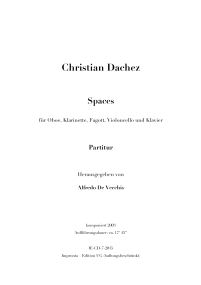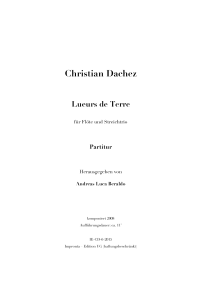Recherche avancée
Elonei Mamre
ISMN : 979-0-2325-4037-5
- Identifiez-vous pour créer une liste
Elonei Mamre
Mamre (/ˈmæmri/; Hebrew: מַמְרֵא), full Hebrew name Elonei Mamre ("Oaks/Terebinths of Mamre"), refers to an ancient cultic shrine originally focused on a single holy tree, belonging to Canaan. Talmudic sources refer to the site as Beth Ilanim or Botnah, where it was one of the three most important "fairs", or market places, in Judea. Mamre lies approximately halfway between Halhul and historical Hebron, 4 kilometres north of the latter.
The fair at Botnah was famous for its pagan flavor from the massive amount of information about it that has survived until today. In Greek, the fair is known as paneguris, in Latin as mercatus, while in Hebrew it is called both yerid (fair) or shuq (market).
Botnah was the main hub for communication, transport and trade in the southern Judean mountains. During the Second Temple period (516 BCE and 70 CE) the site was called Beth Ilanim and as proof of its importance as a cultic center, King Herod built a massive fortress measuring 3200 square meters, surrounded by impressive walls.
Until the time of Constantine, Botnah was home to a multicultural festival with Jewish, pagan and Christian celebrations. However, the emperor was angered by this situation and forbade all non-Christian cults from the festival. This effectively ended the inter-denominational nature of the fair.
In the southwest corner of the enclosure was a sacred well and an ancient oak from the time of Abram.
Technically, Elonei Mamre focuses on decoupled sound production metthods to explore timbral diversity that results from cyclical patterns of bifurcation amongst all attractor states.
Pages - 14





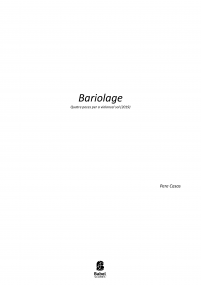
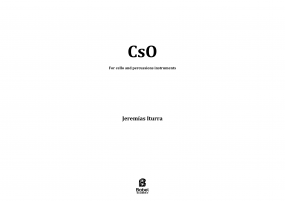
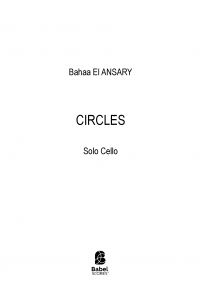
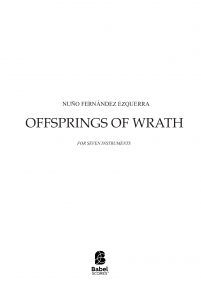
![Magma [14 mus.] image](/images/stories/virtuemart/product/resized/portada_2614_magma14musiciansversion.png)

